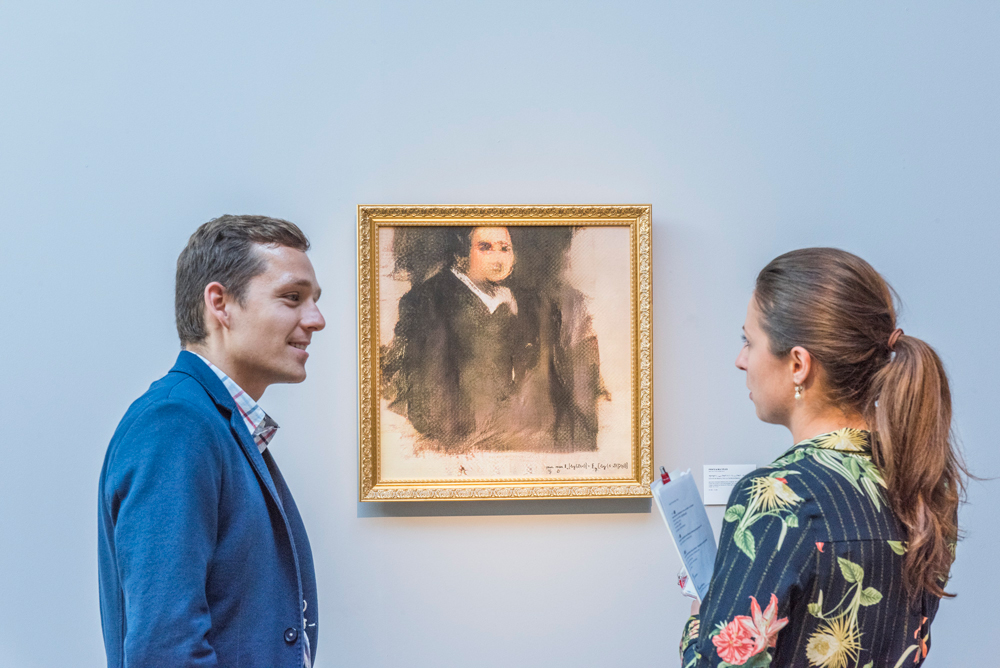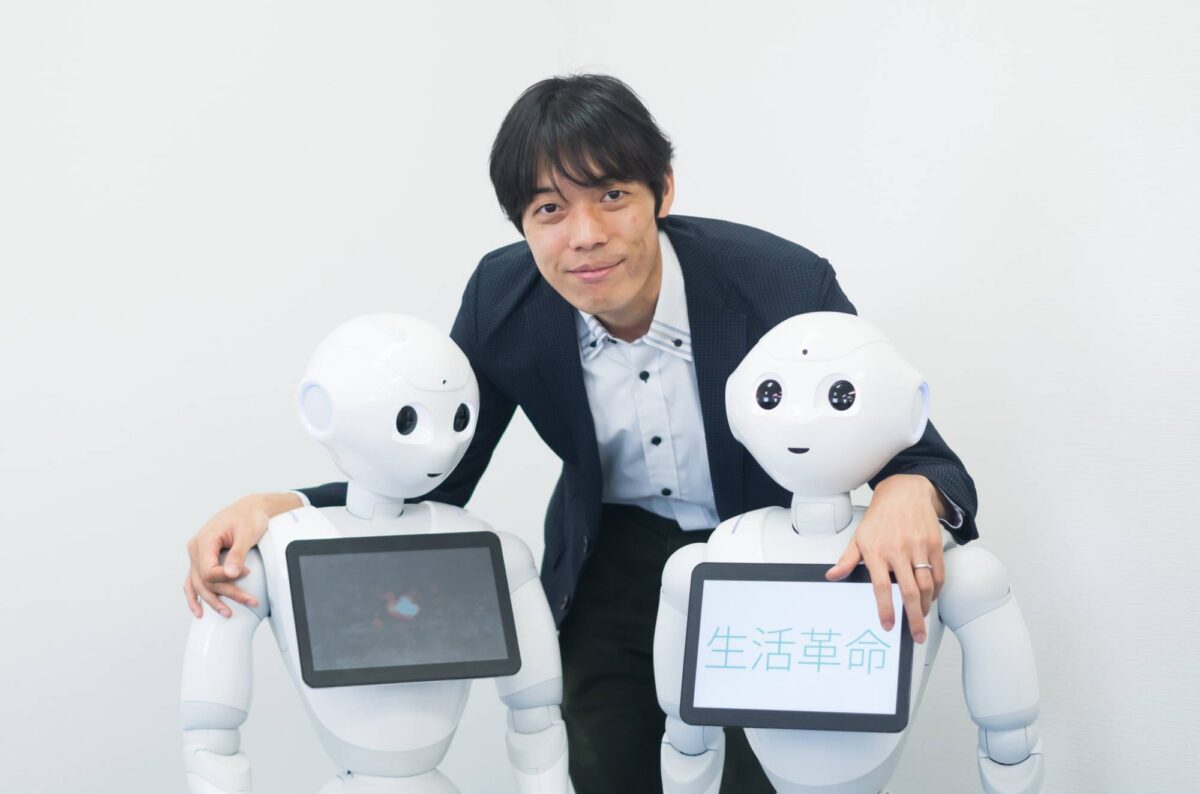Artists are usually considered to be the least at risk of losing their jobs to automation. Art forms such as music and painting are generally viewed as something ‘deeply human’ – we distinguish ourselves from animals on the basis that we can express emotions through abstract thinking. But what happens if machines can learn how to create music or make paintings?
An example of art generated by machine learning is the DeepJazz project, which was built by a 20-year old Princeton student named Ji-Sung Kim in only 36 hours. This program has learned itself to create jazz music which can’t be discerned from human-made jazz.
AI-generated art is not limited to music as machines have also learnt how to paint. An AI, named “min G max D Ex[log(D(x))] + Ez[log(1-D(G(z)))], was fed 15,000 portraits from the 14th to 20th century from an online art encyclopedia and learned how to create a portrait on its own. The AI created a portrait named “Edmond de Belamy, from La Famille de Belamy,” sold for $432,000 at an art auction in New York.
Creative AI can undoubtedly be dubbed the art revolution of the 21st century. Arthur Miller, a historian of science interested in AI-powered creativity, believes that machine learning will surpass humans in all ways, including art. Artist Casey Reas provides us with a more positive outlook on AI-generated art. Reas believes that in the process of working with machine learning, the artist actually uses AI as a discrete set of tools (like a brush and paint or a musical instrument).
Whether you choose to side with Miller or Reas, Creative AI is undeniably a potential disruptor in the field of art. I personally believe that AI could help us to think about art and create art in ways that no human has ever thought of before.
What do you think about the possible impact of AI on fine art? Is it a threat or an opportunity?
References:
https://www.theverge.com/2019/2/1/18192858/adobe-sensei-celsys-clip-studio-colorize-ai-artificial-intelligence-art
AI-Generated Portrait Sells for $432K at Auction in World’s First
https://hackernoon.com/assessing-the-impact-of-ai-on-fine-art-threat-or-opportunity-vz1532wj
https://aeon.co/ideas/there-is-no-such-thing-as-computer-art-it-s-all-just-art


